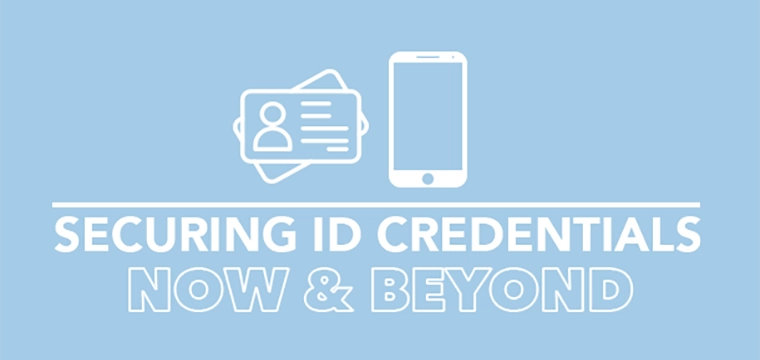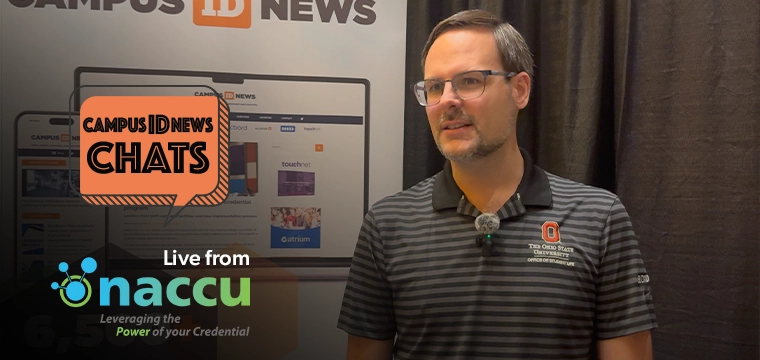
Creating an ID program from the ground up
Bell says most campuses don’t realize the array of different systems impacted by an ID card. “I’ve been on campuses the last year where there are three or four different access control systems,” he says. “This creates an interesting challenge for the campus and those supporting it.”
During the inventory process the institution should name a point person to oversee the deployment, says Emery. “We recommend that there is one person who is the project liaison,” he says.
While a single point person is recommended, various tasks can be farmed out to other college offices, Emery says. For example, security can pull certain reports and housing can address different access control rules “We try to separate functions to different campus business entities so personnel can manage tasks,” he says.
This cross-campus involvement is important for managing the workload but also ensuring ultimate buy-in. While there should be one point person it’s important to get others around campus involved, says Jay Summerall, president at CardSmith.
“Key stakeholders need to be included, such as dining service operators, bookstore managers, vending and laundry contractors,” he says. “The card program will affect how these auxiliaries operate, so it’s important that they understand how it works and their part in the process. Library and public safety personnel also need to be included because the card’s encoding may affect their operations. Business or Finance offices too, because the card program will involve funds transfers, accounting and reconciliation.”
During the vendor selection process the campus card provider will work with the school to figure out its goals and what systems to deploy, Emery says. Some institutions may only want physical access control and meals plans while others may also want printing/copying and vending, laundry and an off-campus program.
The feature set lays the groundwork for assessing a school’s IT infrastructure and whether or not upgrades are required. Upgrading a network can be the largest cost associated with a campus card system, Bell says. “Pulling wire is an expensive thing,” he says.
A new physical access control system often requires new locking mechanisms and card readers. This can be problematic in some environments, Bell says. He points to Duke University’s historic buildings with stone walls and elaborate doorways. Making changes to such facilities can be difficult, expensive or even prohibited by architectural code.
Even devices that run on wireless networks can still require mechanical changes to be made.
Another cost to keep in mind is the real estate and staffing for the campus card office. Vendors agree that the card office must be in a central location so students can have easy access. Staffing can be a bit more difficult to figure out and is one of the more pressing questions confronting new programs.




